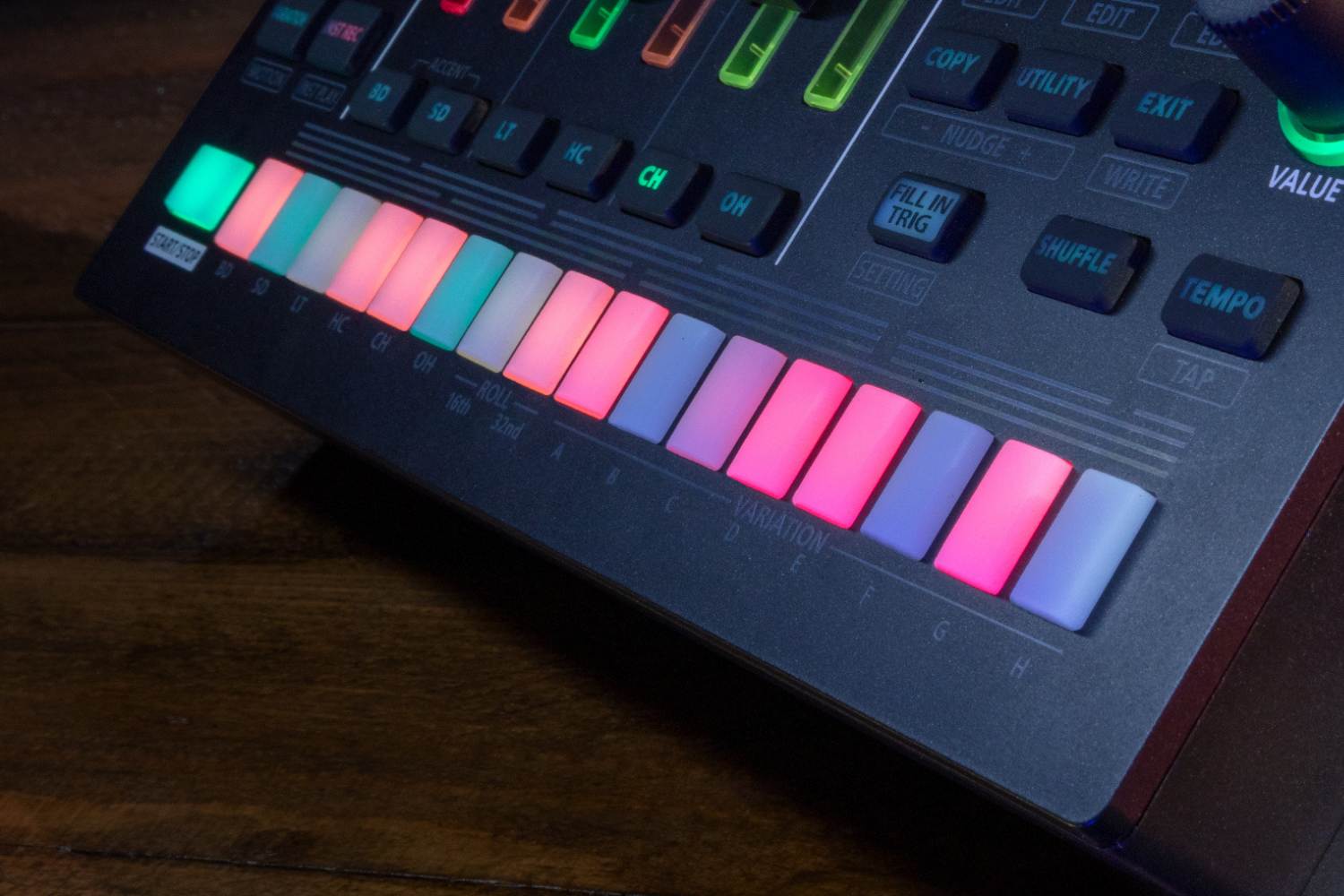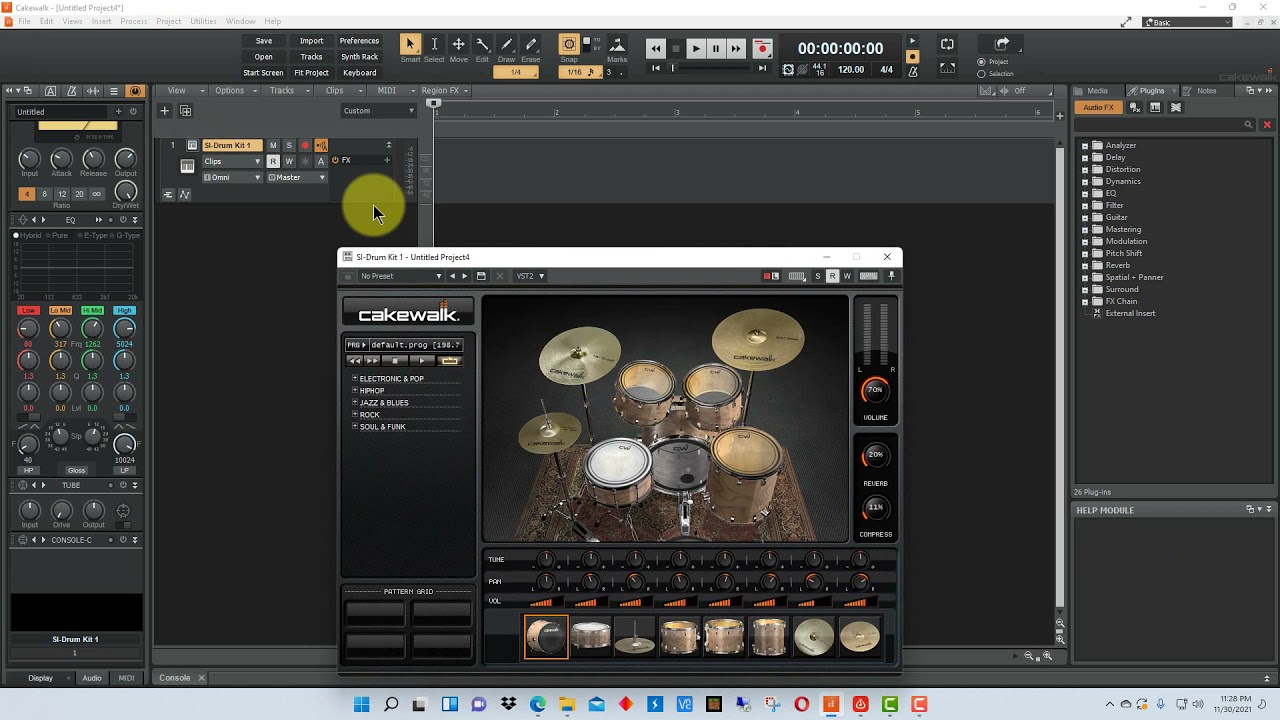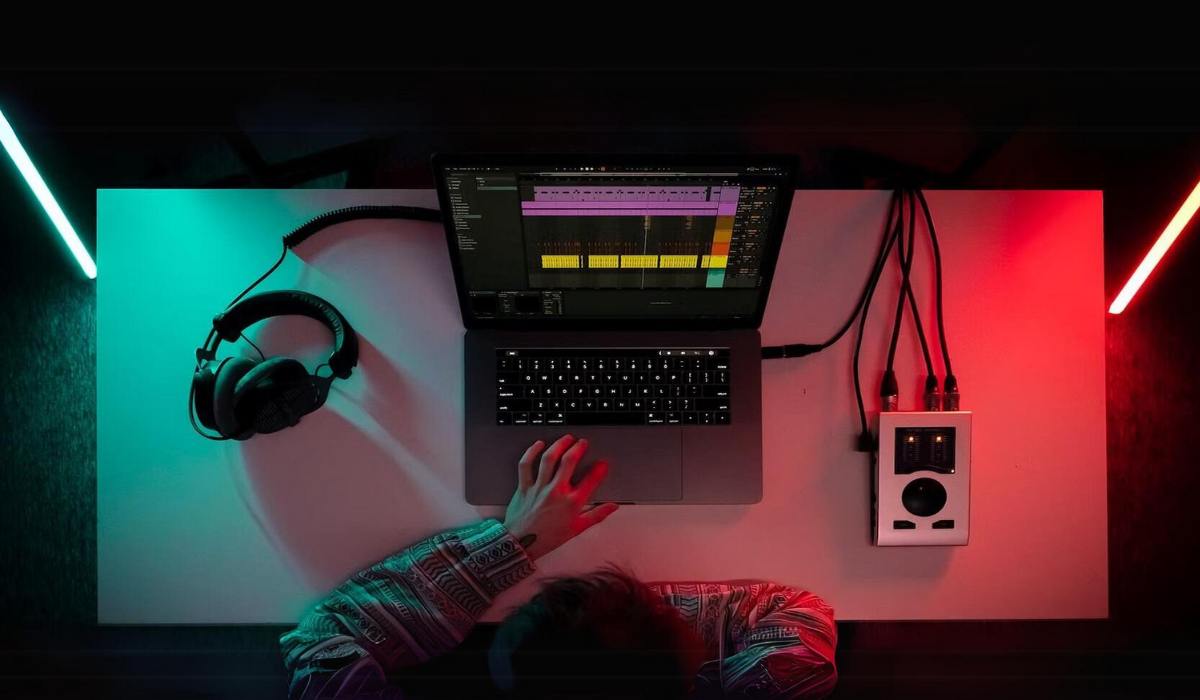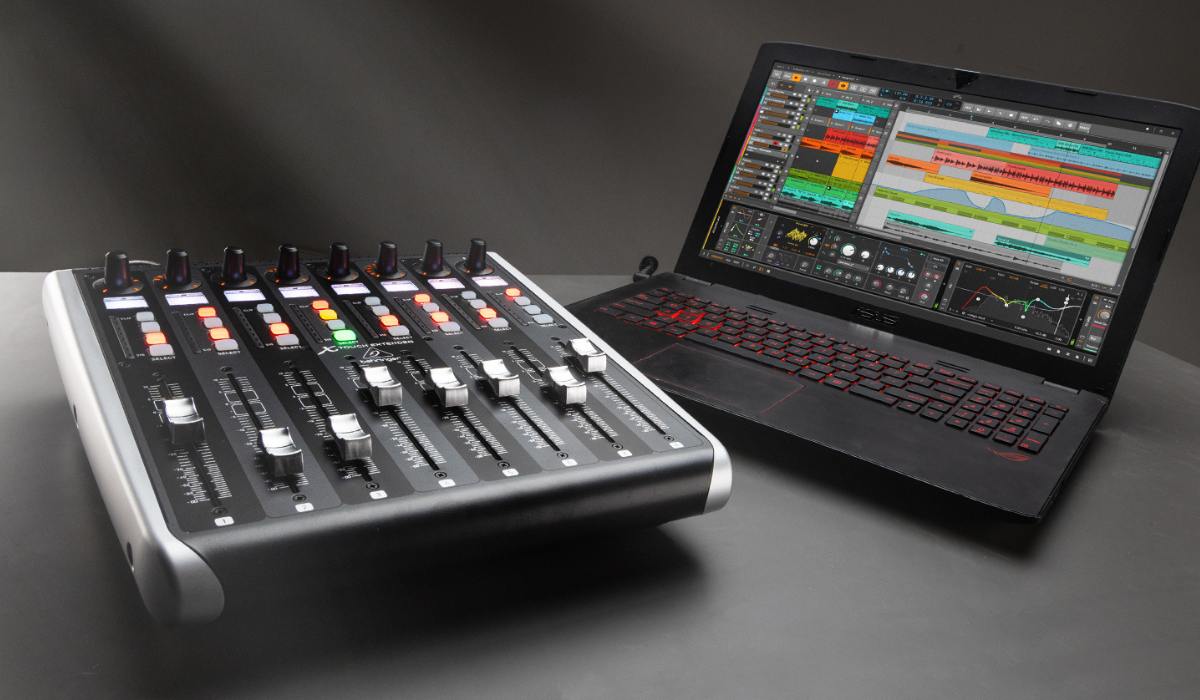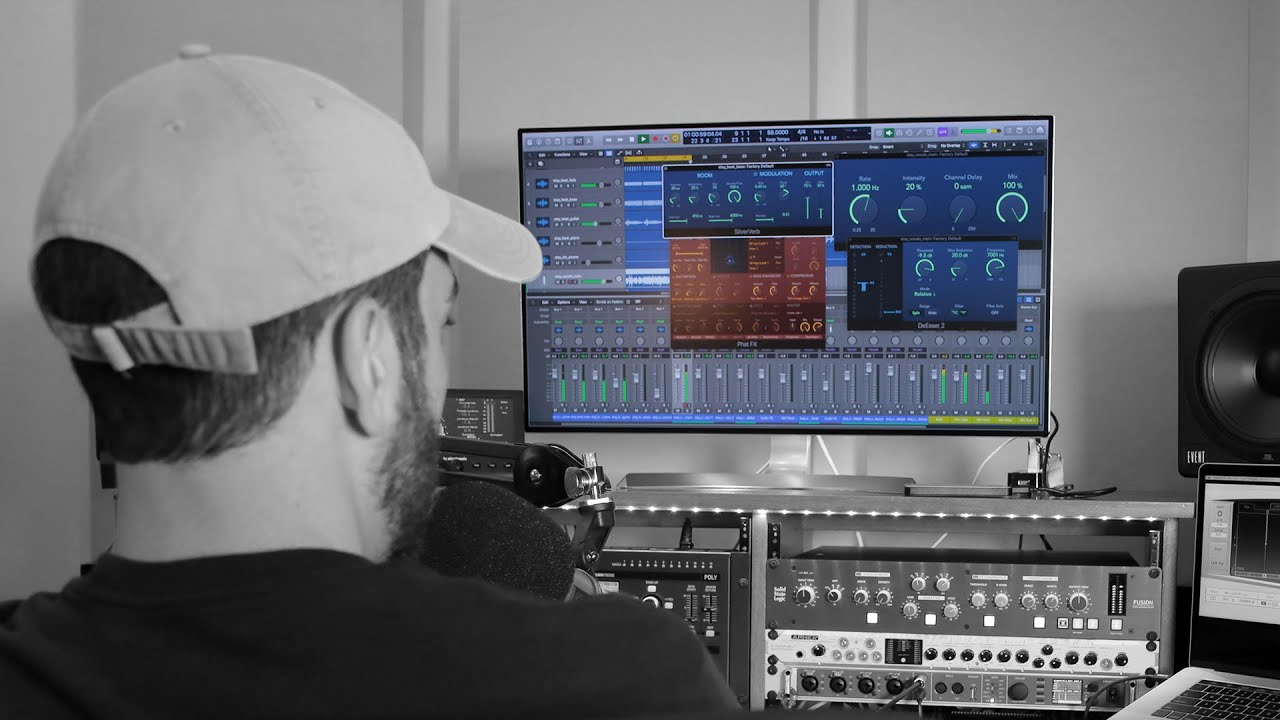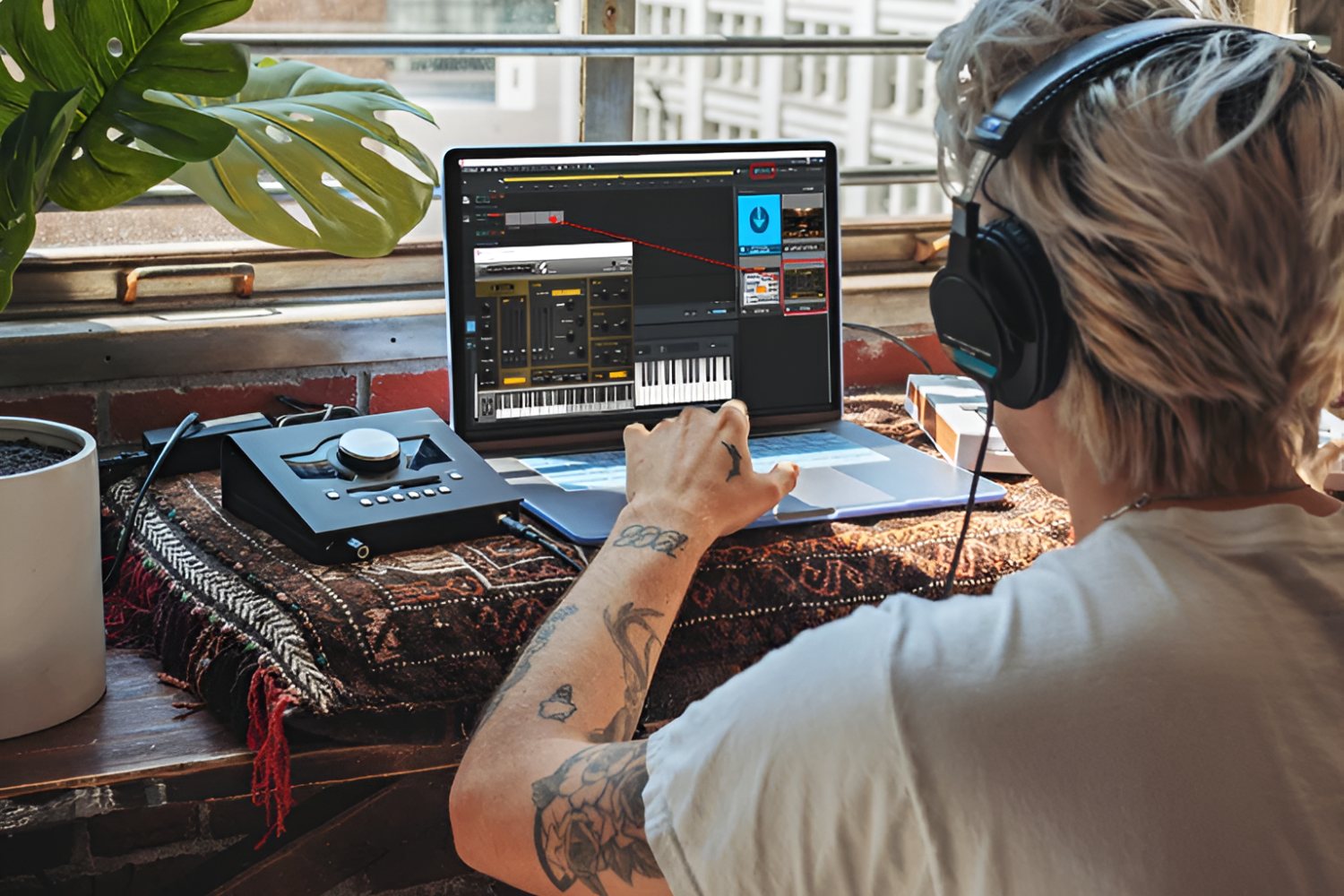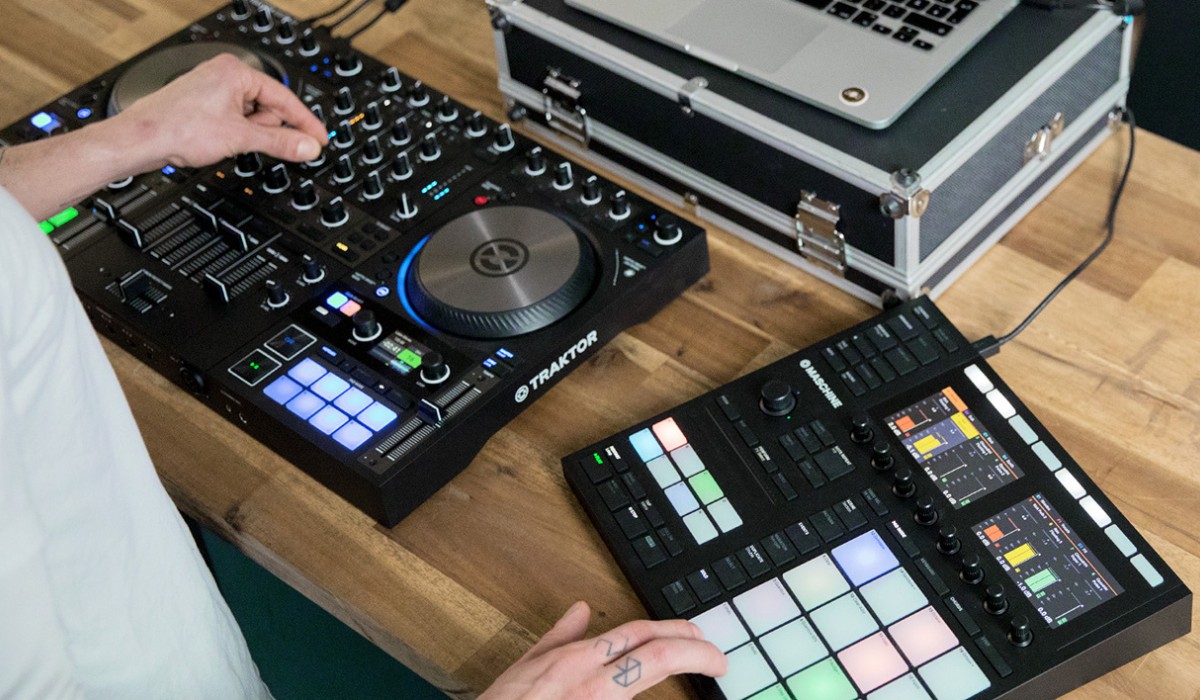Introduction
Are you ready to dive into the captivating world of drum machines? Whether you're a seasoned musician or just starting your musical journey, mastering the art of copying drum patterns on a drum machine is a skill that can elevate your music production to new heights. With the ability to replicate and create unique rhythms, drum machines offer a versatile platform for crafting compelling beats across various genres.
In this comprehensive guide, we'll explore the intricacies of drum patterns, delve into the setup process for your drum machine, and learn how to effectively copy existing drum patterns. Additionally, we'll uncover valuable tips for crafting your own dynamic drum patterns, providing you with the tools to unleash your creativity and produce mesmerizing music.
Embark on this rhythmic adventure as we unravel the secrets of drum patterns and unleash the full potential of your drum machine. Whether you're aiming to replicate iconic beats or craft original rhythms, this guide will equip you with the knowledge and techniques to make your music production endeavors truly shine. Let's delve into the fascinating realm of drum patterns and discover the magic that awaits within the heart of your drum machine.
Understanding Drum Patterns
Before delving into the intricacies of copying drum patterns on a drum machine, it’s crucial to grasp the fundamental elements of drum patterns themselves. At the core of any musical composition, drum patterns provide the rhythmic foundation that propels the entire piece forward.
Drum patterns encompass a wide array of rhythmic structures, from simple and steady beats to complex and syncopated rhythms. These patterns dictate the arrangement of drum sounds, determining when each percussive element, such as kicks, snares, and hi-hats, is played within a measure. Understanding the significance of each drum sound’s placement within a pattern is pivotal to replicating and creating compelling rhythms on a drum machine.
- Elements of Drum Patterns: Drum patterns consist of various elements, including kick drums, snares, hi-hats, and other percussive sounds. Each element contributes to the overall groove and feel of the pattern, allowing for a rich and diverse rhythmic tapestry.
- Rhythmic Variations: Drum patterns can exhibit diverse rhythmic variations, such as straight beats, swung rhythms, and complex polyrhythms. These variations play a pivotal role in shaping the overall feel and groove of the music.
- Dynamic Impact: The dynamics of a drum pattern, including accents, ghost notes, and fills, add depth and character to the rhythm, injecting energy and emotion into the musical arrangement.
By comprehending the intricate interplay of these elements within drum patterns, you’ll gain a deeper insight into the rhythmic complexities that drive musical compositions. This foundational understanding will serve as a springboard for your exploration of drum machine operation and pattern replication, empowering you to harness the full potential of your drum machine in crafting captivating rhythms.
Setting Up Your Drum Machine
Before embarking on your journey to copy drum patterns, it’s essential to ensure that your drum machine is properly set up and configured to facilitate seamless pattern replication. Whether you’re using a hardware drum machine or a software-based emulation, the setup process lays the groundwork for a smooth and productive music production experience.
Here are the key steps to set up your drum machine:
- Power and Connectivity: Begin by powering up your drum machine and connecting it to your audio interface, mixer, or computer, depending on the type of device you’re using. Ensure that all necessary cables are securely connected to avoid any potential interruptions during the pattern replication process.
- Sound Selection: Familiarize yourself with the sound library of your drum machine, exploring the diverse range of built-in drum sounds and percussion samples. Understanding the sonic palette at your disposal will enable you to make informed decisions when replicating or creating drum patterns.
- Pattern Sequencing: Navigate the pattern sequencing interface of your drum machine, familiarizing yourself with the grid or timeline where drum patterns are arranged. Get acquainted with the process of adding, removing, and editing individual drum hits within the pattern sequence.
- Tempo and Timing: Set the tempo of your drum machine to align with the tempo of the drum pattern you intend to replicate. Understanding the timing and rhythmic structure of the original pattern is crucial for accurately transcribing it onto your drum machine.
- MIDI and Sync Options: If your drum machine supports MIDI connectivity or synchronization with external devices, explore the available options for integrating it into your music production setup. MIDI connectivity can open up a world of possibilities for controlling and triggering your drum machine from external sources.
By meticulously configuring and preparing your drum machine, you’ll establish a solid foundation for the subsequent process of copying drum patterns. A well-organized and optimized setup will streamline your workflow, allowing you to focus on the creative aspects of pattern replication and music production without technical hindrances.
Copying Drum Patterns
Now that your drum machine is primed and ready, it’s time to delve into the captivating process of copying drum patterns. Whether you’re aiming to replicate iconic rhythms from your favorite tracks or transcribe patterns from live drum performances, the art of pattern replication on a drum machine requires a blend of precision, creativity, and technical finesse.
Here’s a step-by-step guide to effectively copying drum patterns on your drum machine:
- Pattern Analysis: Listen closely to the original drum pattern you intend to replicate, paying attention to the placement of kick drums, snares, hi-hats, and other percussive elements. Analyze the rhythmic nuances, accents, and variations within the pattern to gain a comprehensive understanding of its structure.
- Pattern Programming: Utilize the pattern sequencing interface of your drum machine to program the individual drum hits in accordance with the original pattern. Input the kick drum, snare, and hi-hat hits, as well as any additional percussive elements, following the rhythmic arrangement of the source pattern.
- Dynamic Adjustments: Fine-tune the dynamics and velocities of the drum hits within the replicated pattern to capture the expressiveness and nuances present in the original performance. Adjusting the velocity of individual hits can imbue the replicated pattern with a lifelike and organic feel.
- Quantization and Groove: Employ quantization and groove settings within your drum machine to align the timing of the replicated pattern with precision. Fine-tune the quantization parameters to achieve the desired level of rhythmic tightness while preserving the natural groove of the pattern.
- Listening and Refinement: Play back the replicated pattern and compare it with the original, making any necessary adjustments to ensure accuracy and fidelity. Continuously listen and refine the replicated pattern, focusing on achieving a faithful recreation of the rhythmic intricacies present in the source material.
By meticulously following these steps and infusing your own creative flair, you’ll master the art of copying drum patterns on your drum machine. Whether you’re replicating classic beats or transcribing intricate rhythms, the process of pattern replication offers an immersive and rewarding experience, allowing you to unravel the rhythmic tapestries that define your favorite music.
Tips for Creating Your Own Drum Patterns
While copying drum patterns can be an enriching endeavor, the true essence of musical creativity lies in crafting your own compelling rhythms from scratch. With your drum machine as a versatile tool for sonic exploration, the process of creating original drum patterns opens the door to limitless artistic expression and innovation. Here are invaluable tips to guide you in the creation of your own dynamic drum patterns:
- Experiment with Sound Selection: Dive into your drum machine’s sound library and explore a diverse range of drum sounds and percussion samples. Experiment with unconventional and unique sounds to infuse your patterns with distinct character and sonic richness.
- Rhythmic Layering and Variation: Embrace the art of layering multiple drum sounds within a pattern to create intricate and textured rhythms. Explore rhythmic variations, such as polyrhythms and syncopated patterns, to inject depth and complexity into your drum arrangements.
- Dynamic Modulation: Utilize the dynamic capabilities of your drum machine to modulate the velocity, pitch, and timbre of individual drum hits, adding expressive nuances and evolving textures to your patterns.
- Pattern Automation and Modulation: Leverage automation and modulation features within your drum machine to introduce evolving changes in the pattern over time. Experiment with parameter adjustments, such as filter sweeps and pitch modulation, to sculpt dynamic and evolving drum patterns.
- Syncopation and Offbeat Accents: Introduce syncopated rhythms and offbeat accents to instill a sense of groove and unpredictability in your drum patterns. By strategically placing drum hits off the downbeat, you can create infectious and rhythmically engaging patterns.
- Sample Manipulation and Layering: If your drum machine supports sample manipulation and layering, explore the possibilities of blending and manipulating drum samples to craft unique and sonically rich patterns. Experiment with sample slicing, pitch shifting, and layer blending to push the boundaries of sonic creativity.
By embracing these tips and infusing your creative endeavors with experimentation and innovation, you’ll unlock the boundless potential of your drum machine as a platform for crafting mesmerizing and original drum patterns. The journey of creating your own rhythmic tapestries is a deeply rewarding exploration of musical expression, allowing you to carve your unique sonic identity in the realm of music production.
Conclusion
As we draw the curtains on this rhythmic odyssey, you’ve embarked on a transformative journey through the captivating realm of drum patterns and the art of pattern replication on a drum machine. From unraveling the intricacies of drum patterns to meticulously setting up your drum machine and mastering the process of copying and creating original rhythms, you’ve delved into the heart of music production with unwavering passion and creativity.
Armed with a profound understanding of drum patterns and the technical finesse to harness the full potential of your drum machine, you stand poised to unleash an array of captivating rhythms that resonate with your artistic vision. Whether you’re replicating iconic beats, transcribing live performances, or crafting original patterns that push the boundaries of sonic innovation, your journey as a music producer is brimming with boundless opportunities for creative expression.
As you continue to explore the endless possibilities of rhythm and groove, remember to infuse your musical endeavors with a spirit of experimentation, curiosity, and unbridled creativity. Embrace the tips and techniques you’ve encountered, but also venture into uncharted sonic territories, where your unique artistic voice can flourish and resonate with audiences around the world.
With each beat and rhythm that emanates from your drum machine, you’re weaving a sonic tapestry that encapsulates the essence of your musical identity. Embrace the rhythmic nuances, the dynamic textures, and the expressive depths of your drum patterns, for they serve as the vibrant threads that enrich the fabric of your musical journey.
As you bid farewell to this guide, remember that the rhythmic landscapes you traverse are as boundless as your imagination. Let the pulse of the drum patterns guide you, and may your creative endeavors resound with the infectious energy of captivating rhythms and beats.







